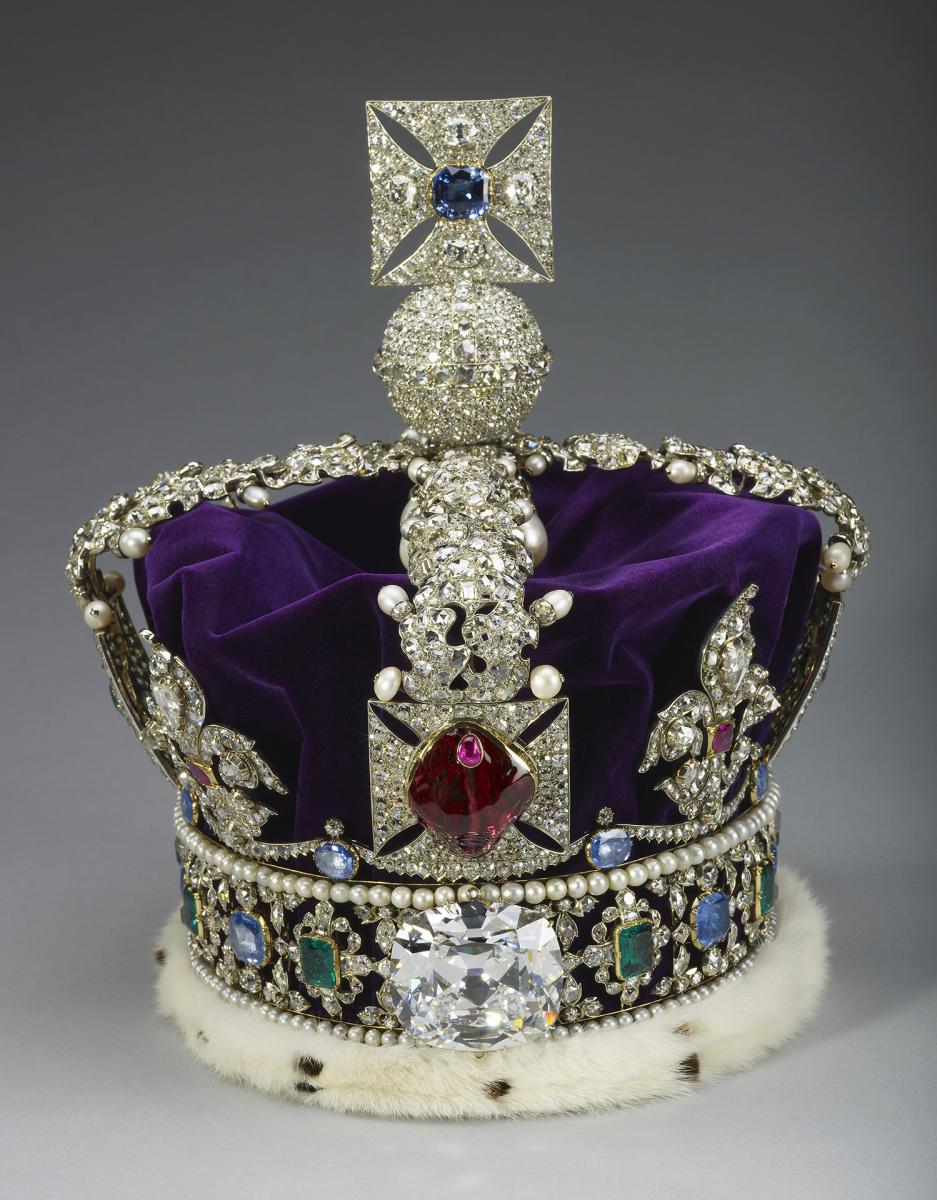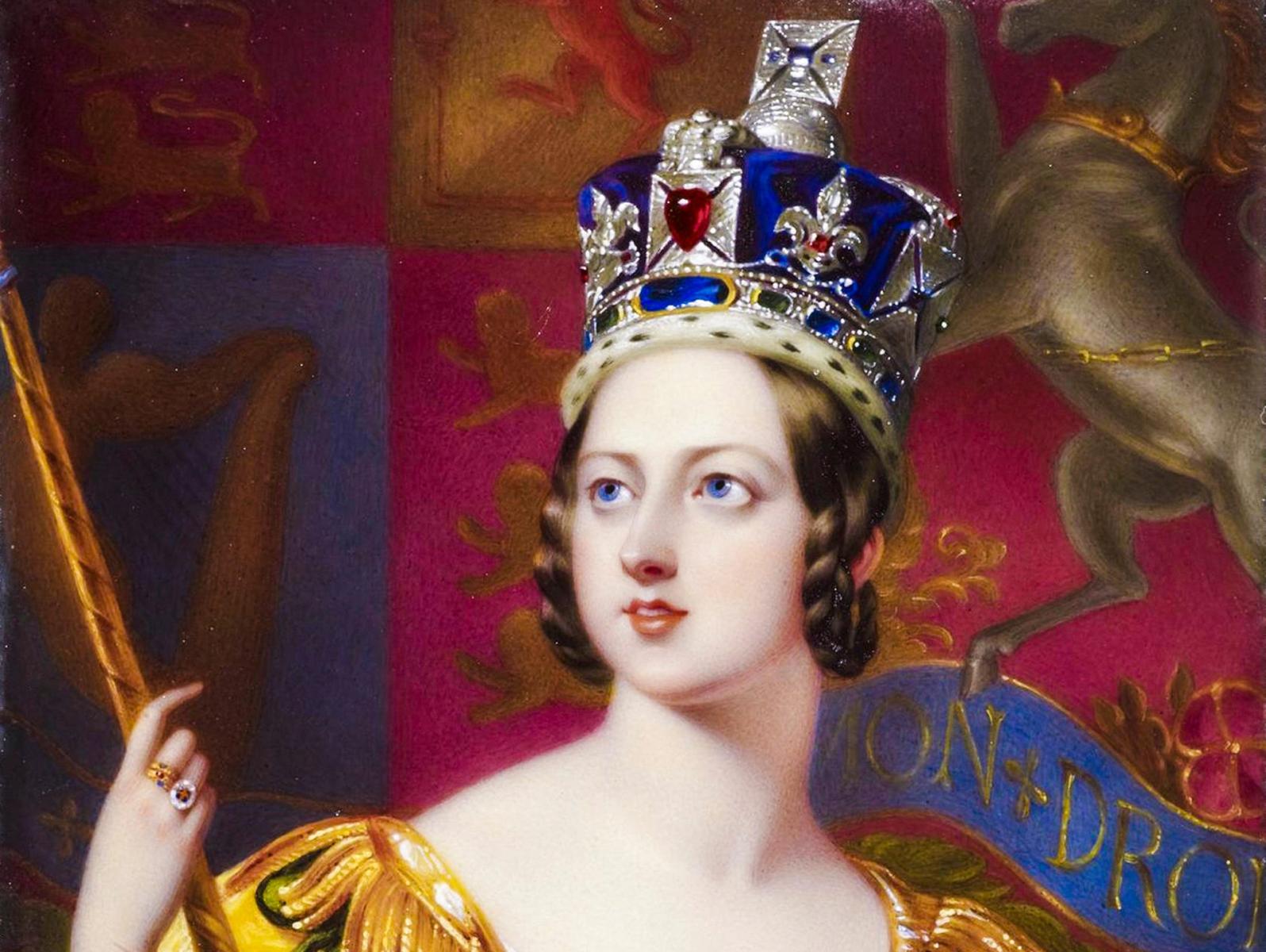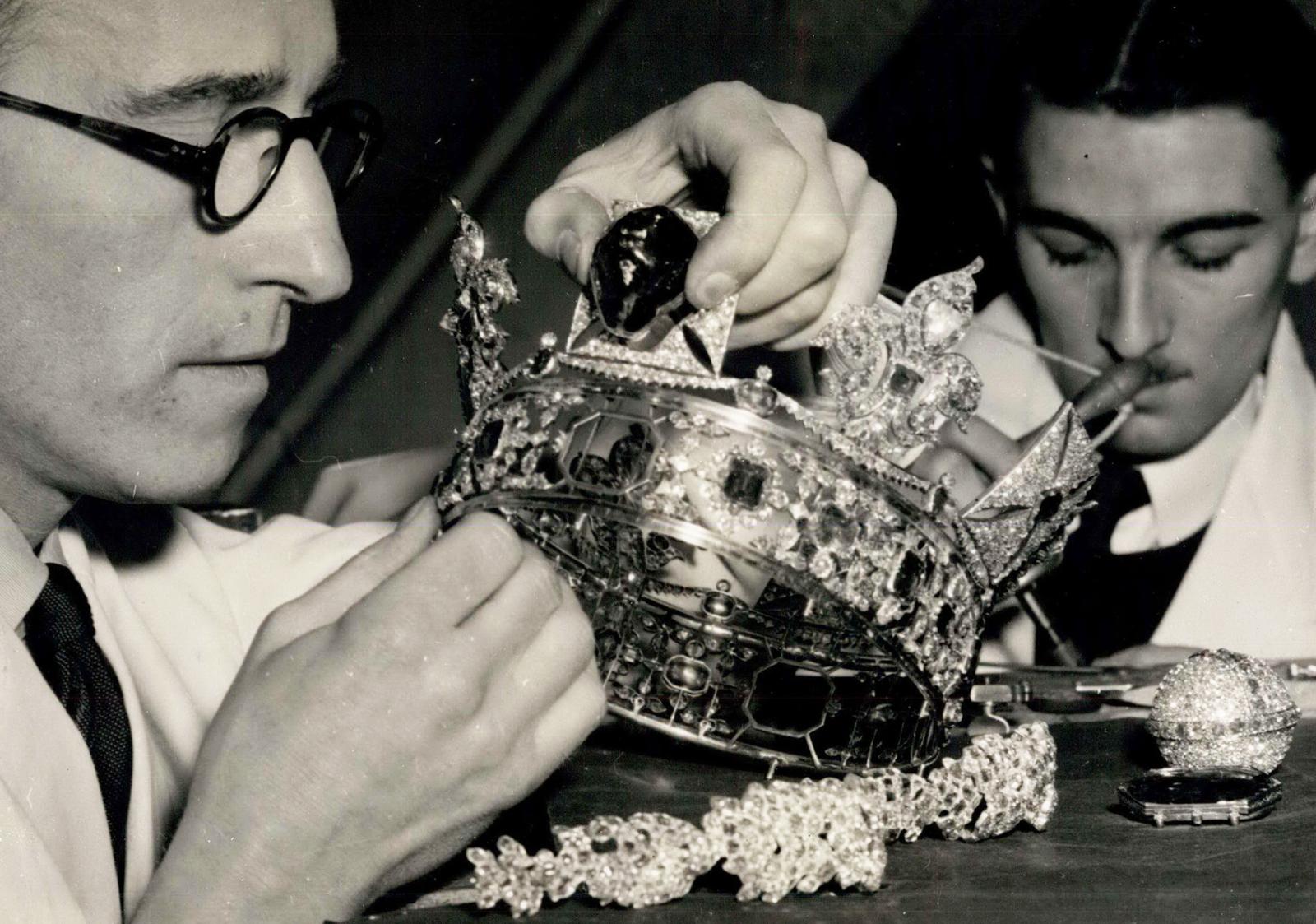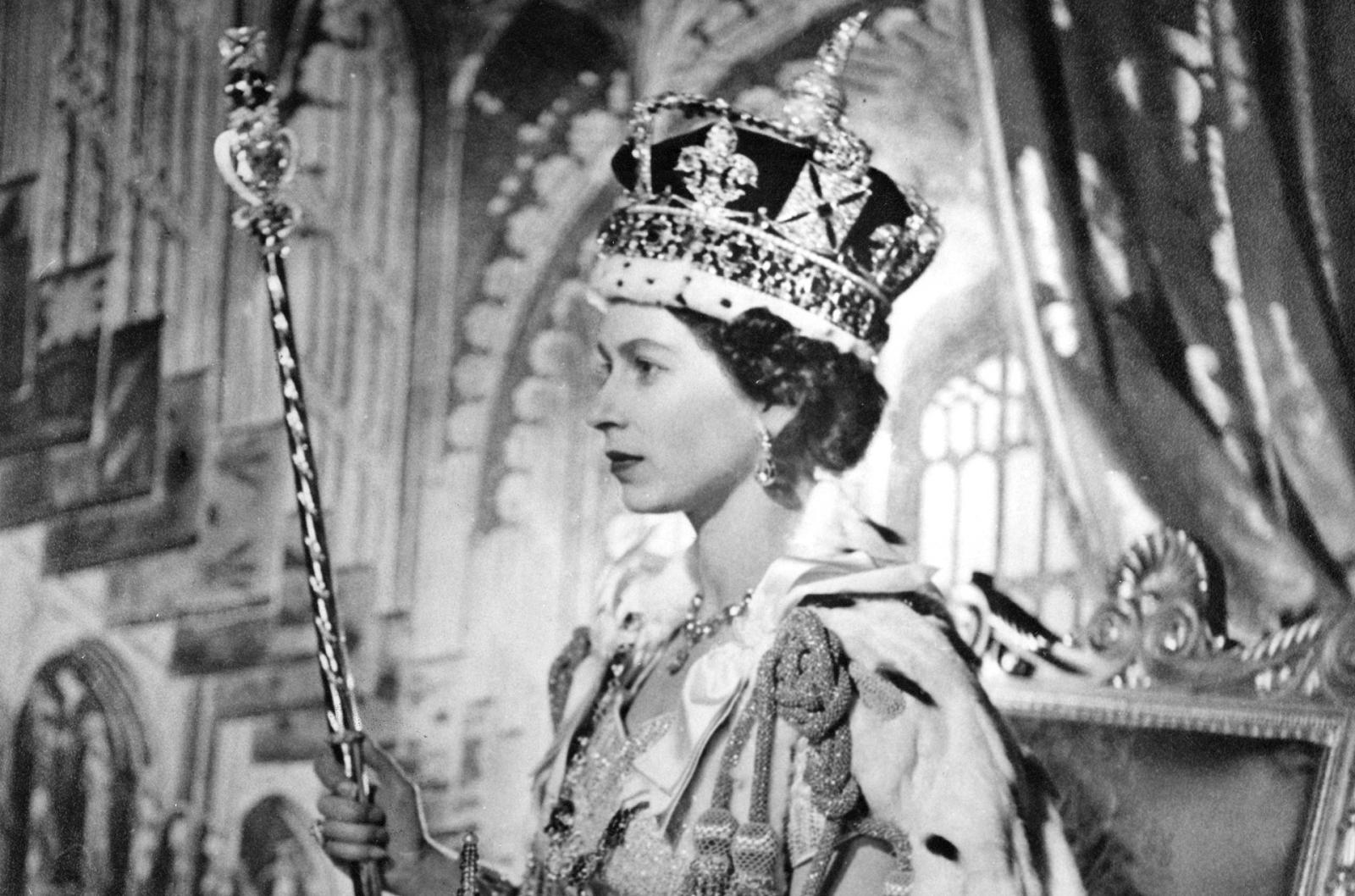The Gem of Doom: How the Ruby Almost Brought Down the British Monarchy

Many jewelry makers are convinced that every gem has a magical power that influences the life of its owner.
One of the most curious pieces in the collection of the British royal family is the blood-red ruby, now the centerpiece of the Imperial State Crown.

The history of this gem goes back to 1367, when the country was headed by the son of Edward III, Edward of Woodstock, known to history as the Black Prince. During the fierce Battle of Navarrete, the young man helped the Castilian king, Don Pedro, and in gratitude he received a ruby the size of a chicken's egg. The Prince made it part of his war trophy collection and used it only for aesthetic purposes.
The next mention dates back to the reign of Henry V. It was then that people began to speculate that the gem had magical powers. As the King was celebrating his victory at the Battle of Agincourt, one of his advisors, the Duke of Alençon, jumped up from his seat and rushed at him with the sword. Henry received a severe blow to the head and survived only because the Black Prince's Ruby was among the gems that covered his helmet. The swing was not precise enough, so both the stone and the king were unharmed. After this incident, the ruby was believed to bring good luck.
For more than 150 years, the Black Prince's Ruby held a place of honor in the royal treasury of the Tower. But once upon a time, the "Virgin Queen" Elizabeth I, obsessed with jewelry, ordered the huge ruby to be "covered" in a thin gold net so that it could be worn as a pendant. Since then, the stone has been constantly hanging around the royal neck. She wore it on the memorable day of 1588, when she received the terrible news that the Spanish fleet, the Spanish Armada, was sailing toward Britain. Since Elizabeth was too superstitious, she decided to ask the advice of a local elderly astrologer. As the queen prepared to listen to his prediction, he merely cocked his head and pointed to the Black Prince's Ruby, whispering that it would save the country from certain death. He claimed that the stone has two sides: it has both Good and Evil inside it. Some will get one, some will get the other, depending on who is worthy of what.

On a dark night, the Druid priest gathered all the witches, warlocks, and sorcerers by the sea, where the ships of the Invincible Armada were about to land. Completely naked, their hair loose, they stepped into the cold water and began whispering incantations. And when the biggest wave appeared, the Druid priest lifted a huge ruby over the water. A few minutes later, a terrible storm came upon the approaching Spanish fleet and swirled them, smashing against the rocks like fragile shells.
Seventy years later, England's new ruler, Lord Protector Oliver Cromwell, studying the documents of the old royal archive, came across a secret account of this mystical battle and was not at all surprised. He, too, had heard of the magical power of the stone.
When Cromwell was still a young commander, he had a chance to see the Black Prince's Ruby on Charles I, who then reigned the Kingdom. Everyone knew that the king was frivolous. Indeed, he could not even wear the famous ruby as a monarch should: the stone of national importance dangled as a top button on his ceremonial dress. It seemed to Cromwell at the time that it was either the jewel that was about to fall, or... Charles's head, for the scarlet gem looked like a wound, covered with blood.

On 30 January 1649 Charles I was overthrown during a civil war and was later publicly executed as a state criminal in front of Whitehall Palace. The blood-red ruby was mistakenly sent for sale at the price of four pounds, for Cromwell was absolutely certain that it was cursed.
Within a week news of the missing stone had leaked onto the continent — the French First Minister of State, Cardinal Mazarin, received a secret report from his agent. A week later, he was strolling through the palace interiors and came across a company of his ladies-in-waiting, headed by his niece, who had a legendary ruby sparkling around her neck. Cardinal did not care about how exactly the girl got it, but he forced her to give the gem to him. An old English legend has it that when the man looked at the gem, it glowed with a vicious blood-red color. So it was then when Mazarin remembered the old popular belief that those who possess the Ruby in an unjust manner will reap misfortune. So he decided to give it back to its rightful heir, Charles II.
On his birthday, May 29, 1660, the 30-year-old Charles II triumphantly entered London to a crowd of people cheering for him. The first thing the new king did was to have the Black Prince's Ruby, installed into the center of the crown. Charles II ordered that the hole that his late father had so carelessly drilled into the gem be sealed with a small ruby, so that the big gem would be whole again and would never hold the grudge against its royal owners.
Since then, for over 300 years, the Black Prince Ruby has been the guardian of the British monarchy. In the 19th century, by order of Queen Victoria, it was transferred to the newly made imperial crown. The ancient ruby took the most honorable place in the center of its front cross.

It kept its rightful place in 1953, when it was decided to recreate the main symbol of the British Empire for the coronation ceremony of Elizabeth II. Today, the crown is the most important exhibit in His Majesty's Treasury.